Outer Space & Universe
Outer Space & Universe
Space, also known as outer space, is the near-vacuum between celestial bodies. It is where everything (all of the planets, stars, galaxies and other objects) is found.
On Earth, space begins at the Kármán line (100 km above sea level). This is where Earth's atmosphere is said to stop and outer space begins. This is not a firm boundary but is a convention used by scientists and diplomats.
Items in space are free to move back and forth; up and down; and left and right. These three dimensions are what make 3D space. Items also move forward through time, which is sometimes called the fourth dimension.
The majority of space contains very little matter and so most of it is a vacuum. Scientists do not know how big space is but we do know that space is extremely big, and is always expanding.
According to the big bang theory, all matter and energy in the Universe was compressed into a very small space. Then it exploded and started expanding. Space is still growing in size today; this means the distance from one galaxy to distant galaxies is getting longer.
Gravity is the force that keeps the Moon in orbit around the Earth and the planets in orbit around the Sun. Gravity can stretch and bend space similar to how a heavy ball placed on a stretched sheet of rubber will cause the rubber to stretch. The scientist who discovered that space can bend is named Albert Einstein. How gravity bends space is part of his theory of general relativity.
Astronauts, Cosmonauts, Taikonauts and Spationauts
An astronaut is any person who is trained by NASA to travel and perform tasks in space. Although the space traveler may not necessarily be a United States citizen, each astronaut does go through a rigorous training regiment by the National Aeronautics and Space Administration. Other space travelers go by other names then astronaut depending on their country of origin.
In the United States, astronaut is derived from the Greek words ástron (star) and nautis (sailor). While, in Russia, a space traveler goes by the name космонавт (English: cosmonaut), which is derived from the Greek words kosmos (universe) and nautis (sailor). Westerners call a space traveler from China a taikonaut, based on the 1998 writings of Chiew Lee Yik and Chen Lan where the term tàikōng (great emptiness), Chinese for “space”. In China, the term yuháng yuán (universe navigator) is used for space traveler.
Only the United States of America (United States), Russia (earlier, the Union of Soviet Socialist Republics), and the People’s Republic of China (China) have sent manned spacecraft into space. Other countries have assisted these countries by sending their own space travelers on space missions. For instance, a French space traveler is called a spationaut (from the French word spationaute), which is derived from the Latin spatium (space) and Greek nautis (sailor). (plural in Greek nautes = sailors)
-
1:11:07
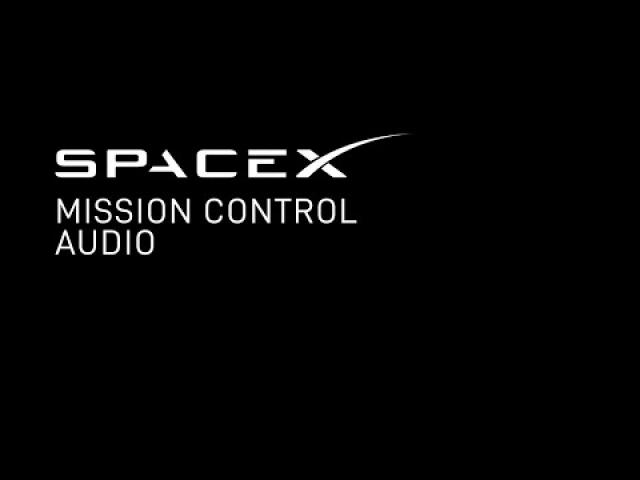
ANASIS-II Mission Control Audio
Added 271 Views / 0 LikesThis is the vehicle trajectory and mission control audio without any additional commentary. There may be very long periods of silence. For our full hosted webcast, visit https://www.spacex.com/launches/
-
00:47
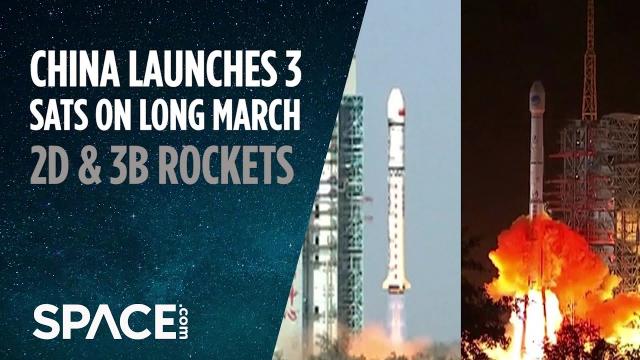
China Launches 3 Satellites on Long March 2D and 3B Rockets
Added 413 Views / 0 LikesOn Sept. 22, 2019 (EDT), China's Long March 3B rocket launched a pair of Beidou navigation satellites. Two days later (Sept. 24 EDT), a Long March 2D rocket launched the Yunhai-1 02 environmental monitoring satellite. -- China Also Launched 5 Satellites o
-
00:55
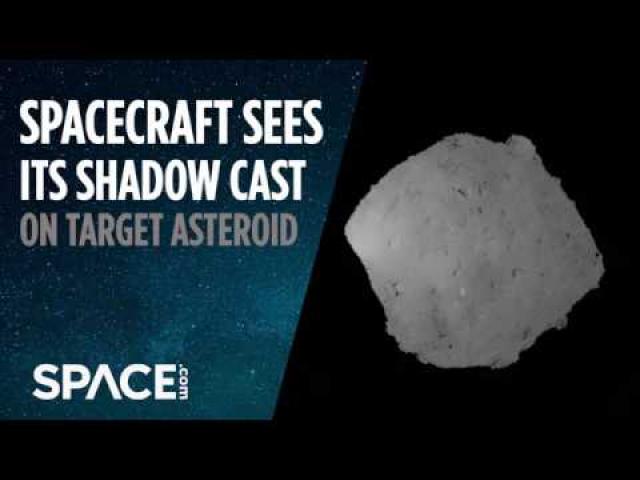
Hayabusa2 Spacecraft Sees Its Shadow Cast on Asteroid
Added 474 Views / 0 LikesThe Japan Aerospace Exploration Agency's (JAXA) Hayabusa-2 spacecraft reached an altitude of about 1968 feet (600 m) above the surface of asteroid Ryugu on Sept. 12, 2018 and it saw its shadow!Credit: Space.com / imagery courtesy: JAXA / animation courtes
-
01:06
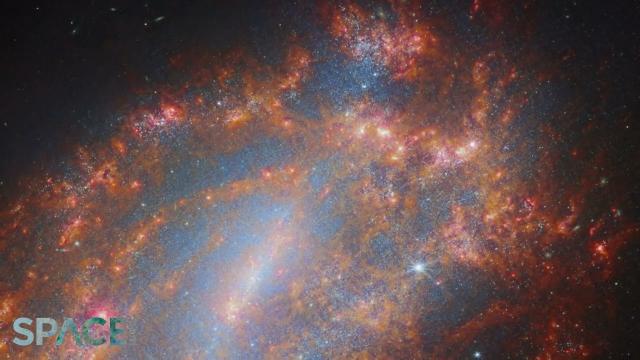
James Webb Space Telescope captures barred spiral galaxy NGC 1559 - See in 4K
Added 138 Views / 0 LikesNASA's James Webb Space Telescope has captured an amazing view of barred spiral galaxy NGC 1559. It is about 35 million light-years away in the southern constellation Reticulum. Credit: Space.com | ESA/Webb, NASA & CSA, A. Leroy, J. Lee and the PHANGS Tea
-
00:54
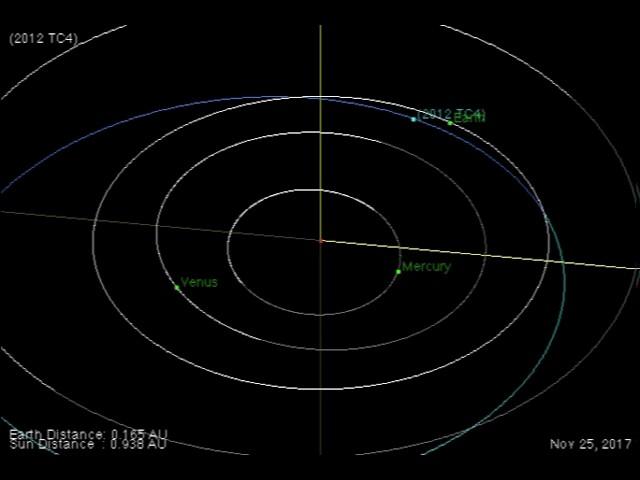
Asteroid 2012 TC4's Close Shave of Earth in October 2017 - Orbit Animation
Added 733 Views / 0 LikesAsteroid 2012 TC4's Close Shave of Earth in October 2017 - Orbit Animation
-
10:50
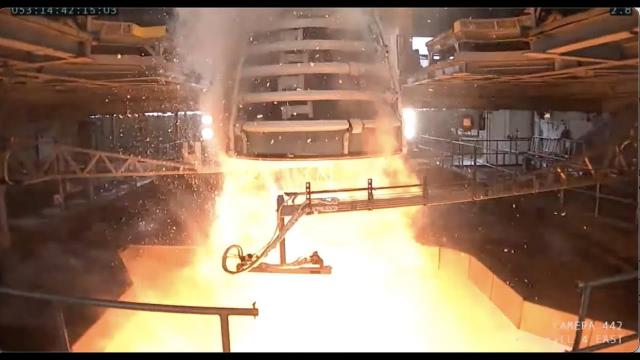
NASA's Artemis rocket engine roars to life in an epic 600 second static-fire test
Added 164 Views / 0 LikesNASA fired up an RS-25 engine for 600 seconds at the Stennis Space Center on Feb, 22, 2023. It was the "second in a 12-test series to demonstrate we are prepared to produce engines for Artemis V missions and beyond," according to the Aerojet Rocketdyne.Cr
-
01:07
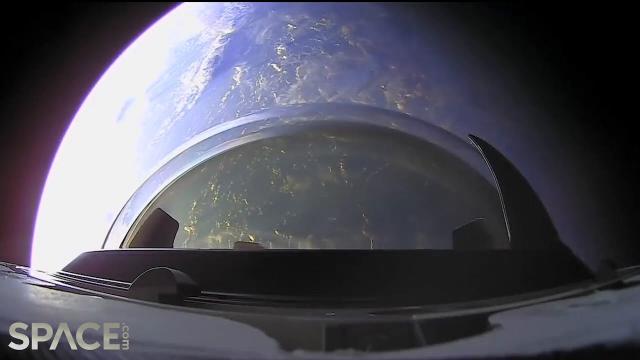
SpaceX Inspiration4's Crew Dragon captures stunning orbital sunset & cupola view
Added 244 Views / 0 LikesAn exterior camera on SpaceX's Crew Dragon Resilience captured an amazing view of an orbital sunset and the spacecraft's cupola window during the Inspiration4 mission. SpaceX's Inspiration4 crew is having a blast and doing science in orbit: https://www.sp
-
07:27
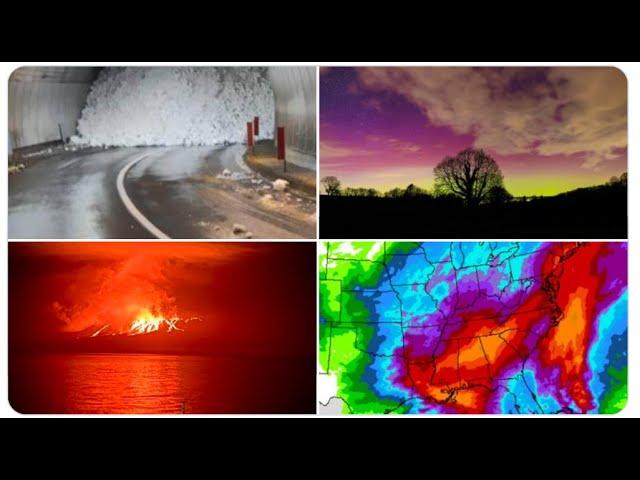
RED ALERT! Major Floods coming to SE USA! Very Near Earth Asteroid 2024 EF! Sun diving Comet!
Added 135 Views / 0 Likesand a Galapagos Volcano eruption.It's going to be a wild year.Stay Cool,God Bless everyone,Thttps://www.paypal.me/THORnewshttps://venmo.com/TEric-Lewison$THORnews on CashApphttps://www.patreon.com/thornews
-
03:38
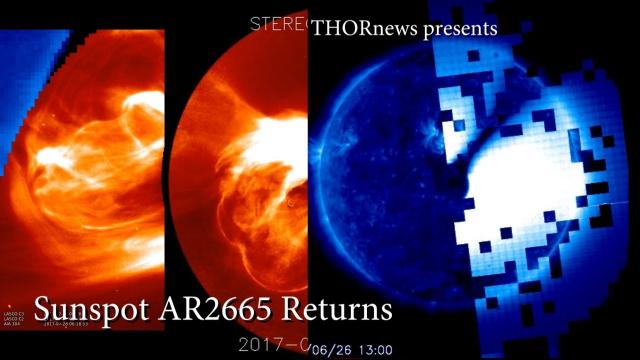
Double X-Class Active Monster Sunspot AR2665 Returns to Face Earth
Added 636 Views / 0 LikesDouble X-Class Active Monster Sunspot AR2665 Returns to Face Earth
-
03:26
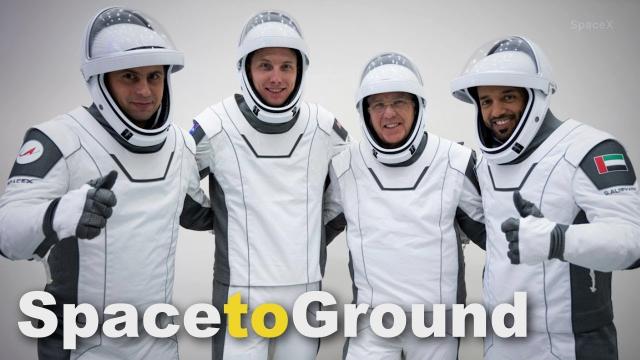
Space to Ground: 4 for 6: Feb. 24, 2023
Added 218 Views / 0 LikesNASA's Space to Ground is your weekly update on what's happening aboard the International Space Station. Got a question or comment? Use #AskNASA to talk to us.Learn more about the important research being operated on Station:https://www.nasa.gov/iss-scien
-
01:01
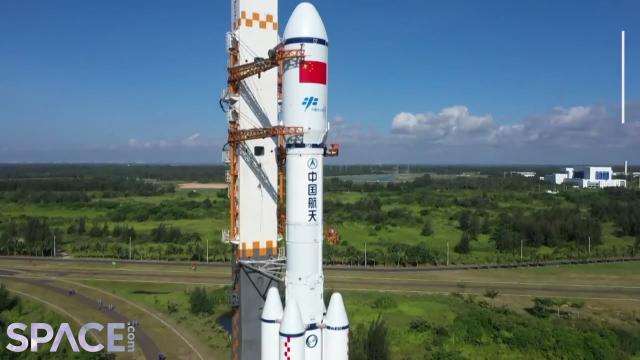
Chinese cargo spacecraft for new space station prepped for launch
Added 286 Views / 0 LikesAn upgraded Long March-7 Y3 rocket, carrying the Tianzhou-2 cargo spacecraft was rolled out to the launch pad at the Wenchang Spacecraft Launch Site in south China.Credit: Space.com | footage courtesy: China Central Television/CNSA | produced & edited by
-
01:20
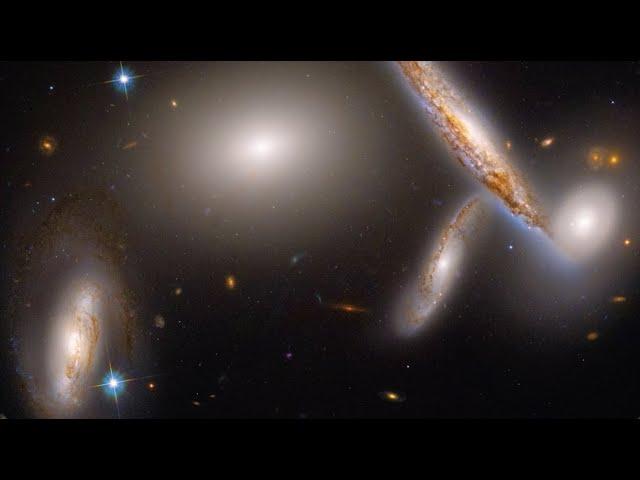
Tight-knit group of galaxies featured for Hubble's 32nd anniversary
Added 216 Views / 0 LikesA collection of five galaxies known as the Hickson Compact Group 40 have been imaged using the NASA/ESA Hubble Space Telescope. It has been featured for the space telescope's 32nd anniversary.Credit:Directed by: Bethany Downer and Nico BartmannEditing: Ni
-
08:26
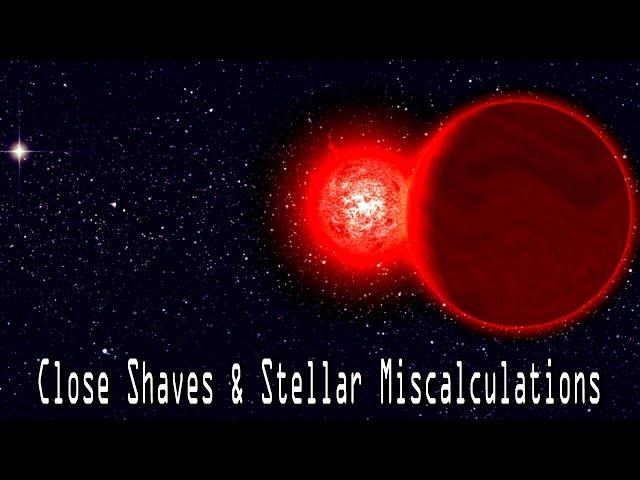
Binary Stars whizzed passed our Solar System. When?
Added 1,245 Views / 0 LikesBinary Stars whizzed passed our Solar System. When?
-
01:01
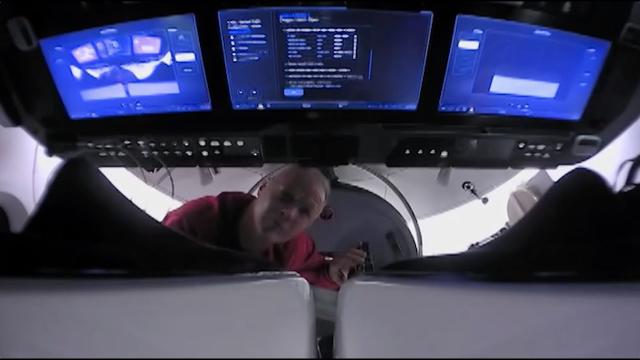
SpaceX Demo-2 astronauts back in Crew Dragon to perform habitability testing
Added 485 Views / 0 LikesNASA astronauts Doug Hurley and Bob Behnken were back aboard the Crew Dragon "Endeavour" in July to complete a habitability assessment. -- SpaceX's historic 1st crewed mission set to end on Aug. 2: https://www.space.com/spacex-demo-2-mission-splashdown-da
-
08:00
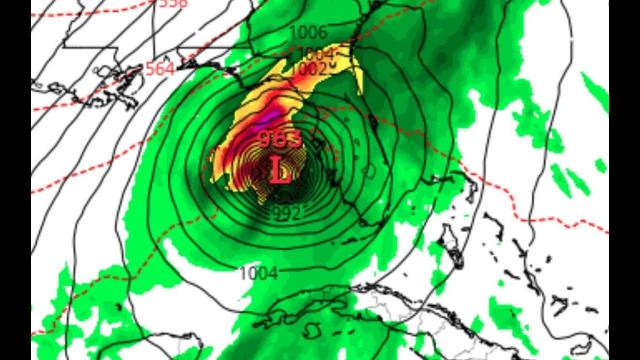
Category 5 Hurricane for Tampa Bay Florida the Middle of October 2019?
Added 357 Views / 0 LikesThis is just one GFS run but it is showing it almost exactly as the Eris alignment prediction draws it up. Regardless, be ready for a wild October. God bless everyone,T LEWISON5430 BIRDWOOD RD. #416HOUSTON TEXAS 77096HTTPS://WWW.PAYPAL.ME/THORNEWSwww.venm
-
10:45

There are TEN cyclonic features in the Oceans to Watch.
Added 438 Views / 0 LikesIt's a crazy world. God bless everyone,Thttps://www.paypal.me/THORnewsTshirtshttps://hitthebuttonbaby.com/THORNEWS PO BOX 35946HOUSTON TEXAS77235-5946
-
09:27
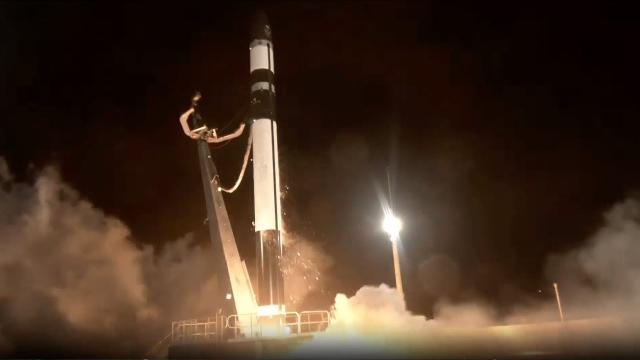
Blastoff! Rocket Lab launches Strix-3 radar-imaging satellite for Synspective
Added 145 Views / 0 LikesA Rocket Lab Electron rocket launched the Synspective Strix-3 radar-imaging satellite from New Zealand at 11:03 a.m. EDT on March 12, 2023 (1503 GMT; 4:03 a.m. local New Zealand time on March 13). Credit: Rocket Lab
-
01:17
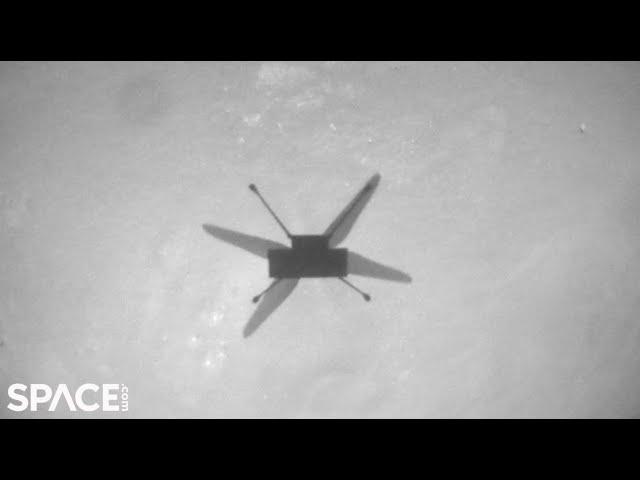
Ingenuity completes 'most challenging' flight yet on Mars - See the first pics!
Added 296 Views / 0 LikesNASA's Mars helicopter completed its ninth flight on July 5, 2021. It flew for "166.4 seconds at a speed of 5 m/s," making it the most challenging yet, according to NASA's Jet Propulsion Laboratory.More Flight 9 footage and details to come! Stay tuned.Cre
-
01:00
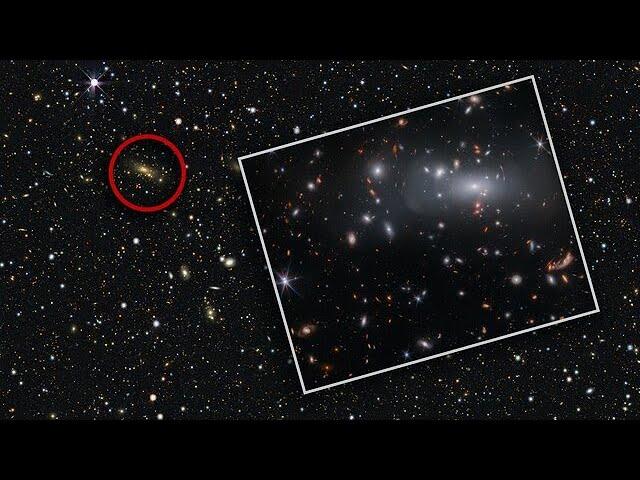
Zoom: Seeing Triple
Added 130 Views / 0 LikesThis video from the NASA/ESA/CSA James Webb Space Telescope takes the viewer on a journey through space to the location of the massive galaxy cluster RX J2129. Due to Gravitational lensing, this observation contains three different images of the same supe
-
05:01

Earth United - The Day of RAGE: Martians, Angry Birds, Batman, Jimi Hendrix & THOR
Added 674 Views / 0 LikesEarth United - The Day of RAGE: Martians, Angry Birds, Batman, Jimi Hendrix & THOR
